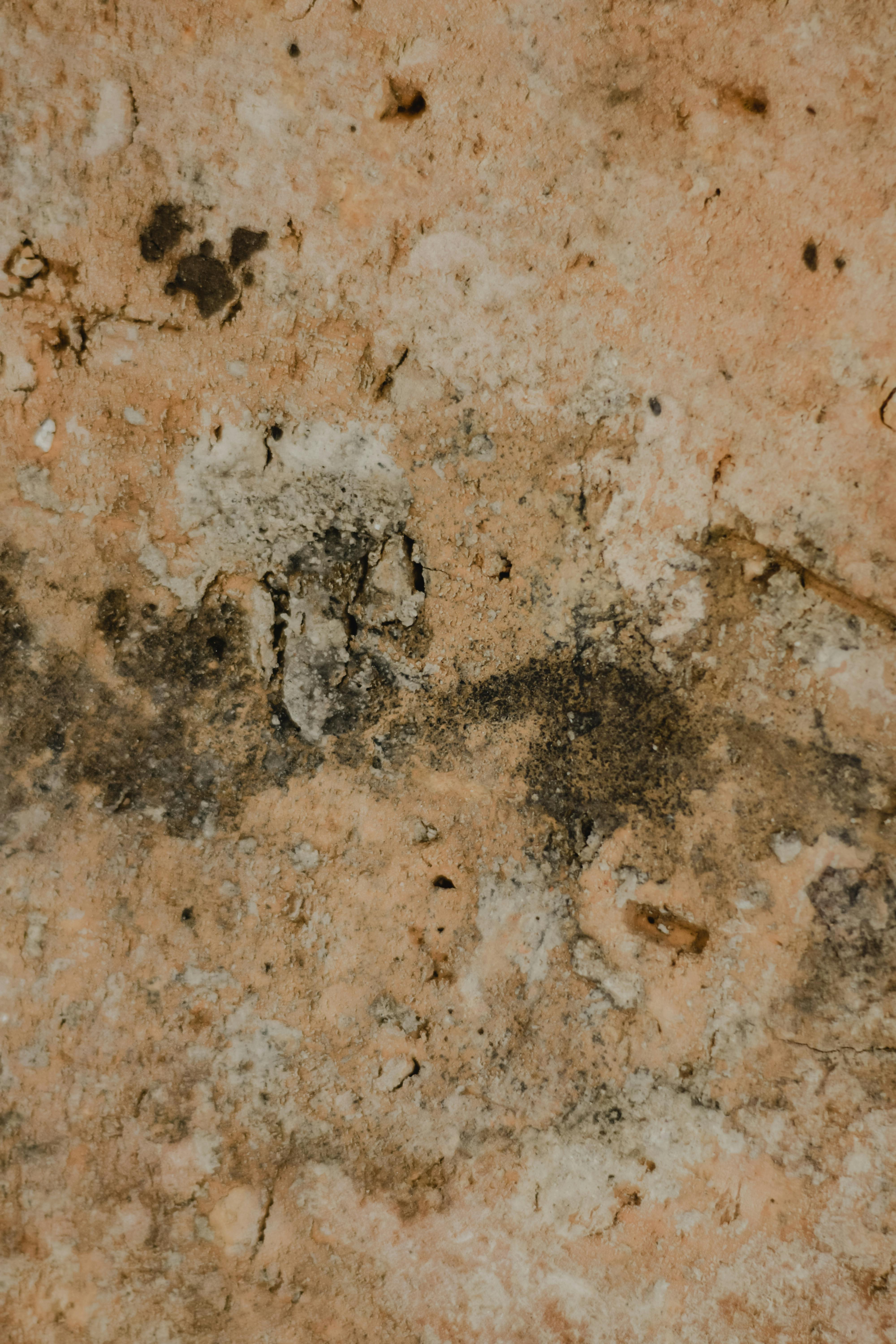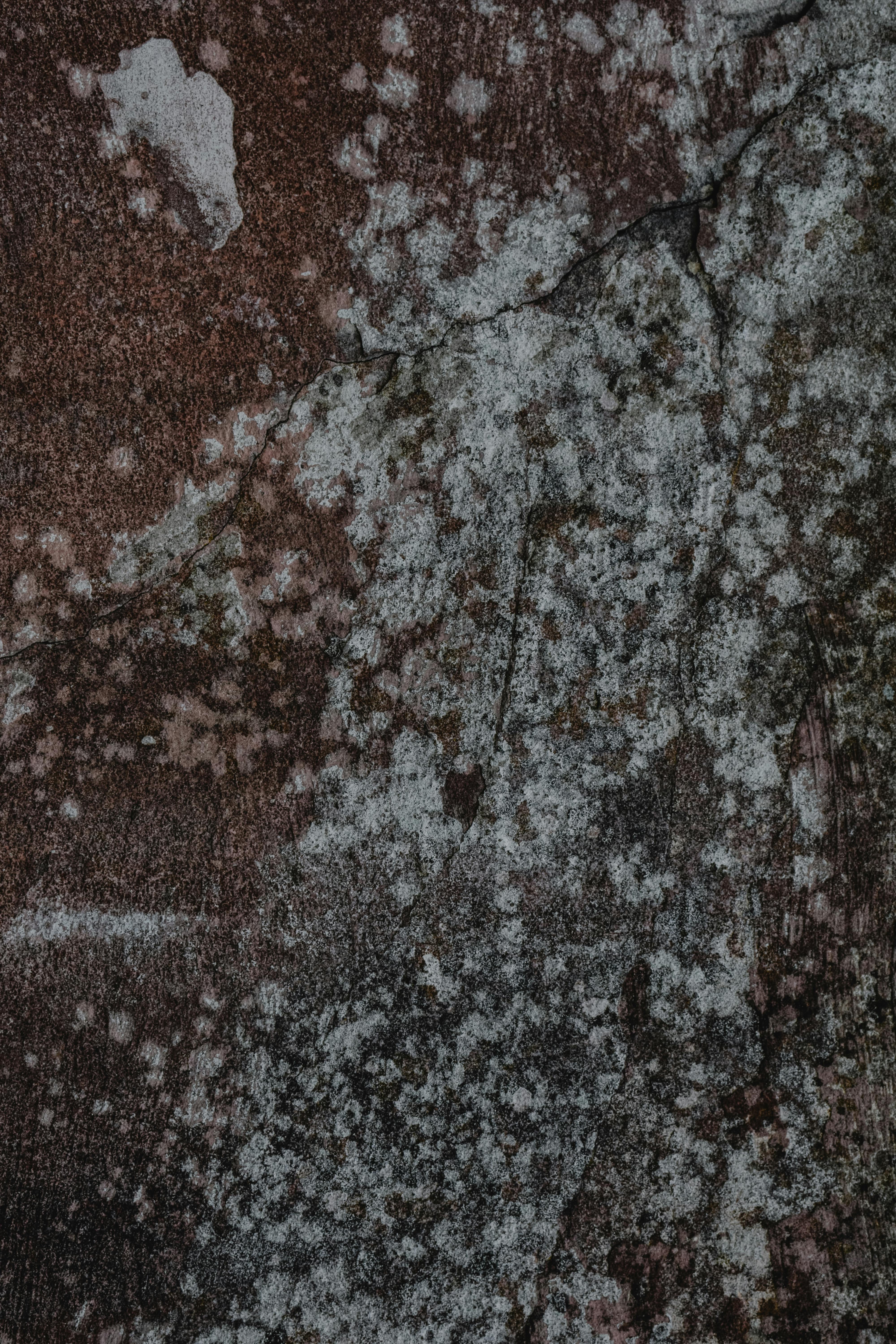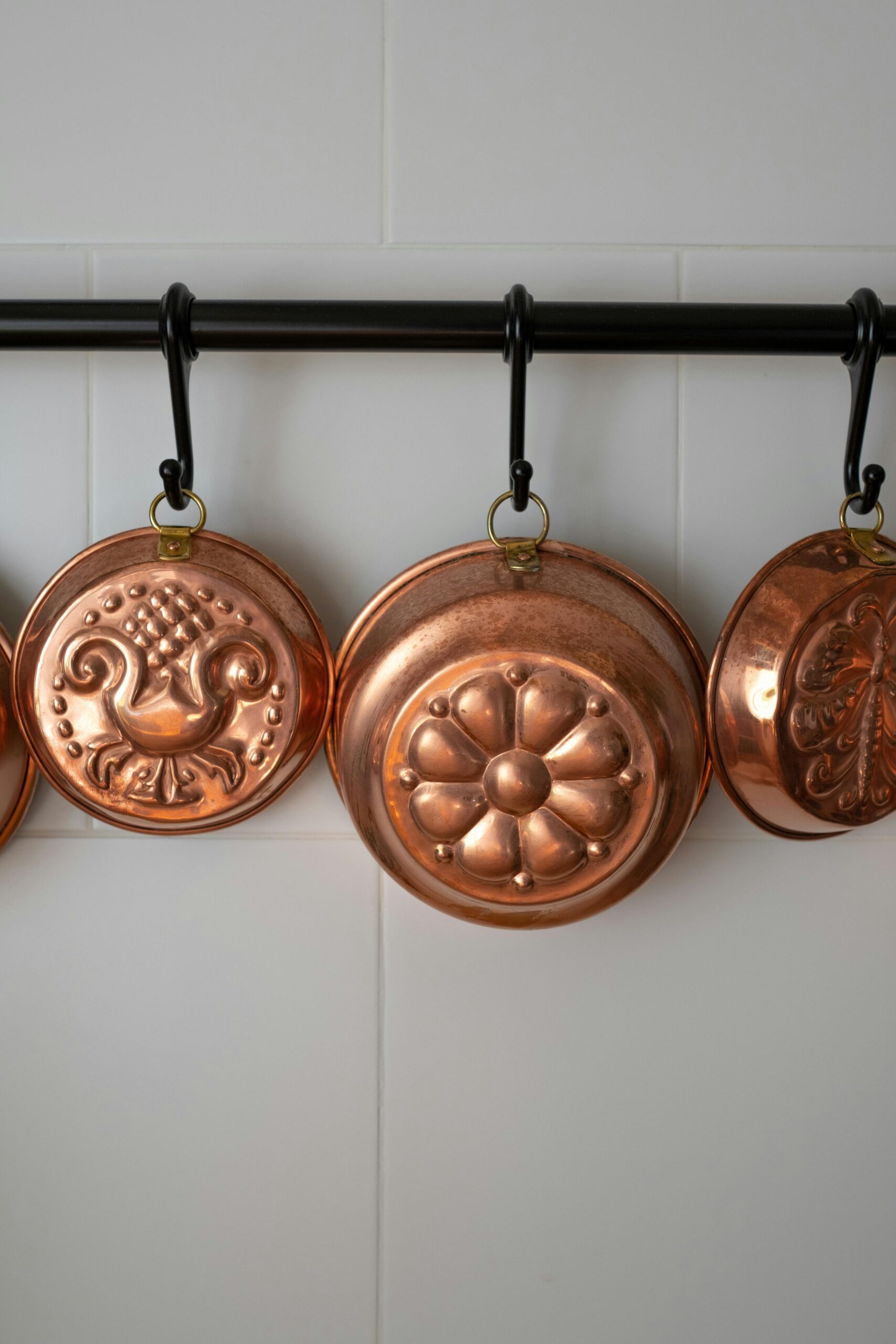Schimmel Wand
Understanding Schimmel Wand
Schimmel wand, often referred to as mold growth on walls, is a common issue in many homes and buildings. Understanding the causes and effects of this problem is crucial for homeowners and renters alike. Mold can develop in areas with high humidity, such as bathrooms, kitchens, and basements. It not only damages the structure of the building but can also pose health risks to its inhabitants. In this section, we will explore the main causes of schimmel wand, its effects, and preventive measures that can be taken to mitigate this problem.
Causes of Schimmel Wand
Schimmel wand occurs primarily due to excess moisture in the environment. Common causes include leaks from roofs, windows, or plumbing, as well as high humidity levels in poorly ventilated spaces. When moisture-laden air comes into contact with cold surfaces, it cools down, condensing and creating the perfect environment for mold spores to thrive. Besides, certain materials such as wood and drywall are highly susceptible to mold growth if they remain damp for extended periods. To prevent schimmel wand, ensure proper insulation and consistent ventilation in your living spaces, especially in areas prone to dampness.
Effects of Schimmel Wand on Health
The presence of schimmel wand can significantly impact indoor air quality. Exposure to mold can lead to various health issues, ranging from allergic reactions to more severe respiratory problems. Individuals with asthma or weakened immune systems are particularly at risk. Symptoms may include sneezing, coughing, skin rashes, and even chronic fatigue. It’s vital to address schimmel wand promptly to minimize health risks. Regular inspections and immediate remediation efforts can help maintain a healthy living environment.
Identifying Schimmel Wand in Your Home
Detecting schimmel wand early can save homeowners substantial costs in repairs and health-related expenses. This section will guide you through the steps to identify mold growth and recommend how to respond effectively if you discover it in your home.
Visual Signs of Schimmel Wand
One of the most apparent indicators of schimmel wand is the visual presence of mold. Mold can appear in various colors, including black, green, or white patches. It often takes on a fuzzy or slimy texture and typically thrives in damp corners, behind furniture, or within wall cavities. Inspecting your home regularly, particularly in humid areas, can help catch mold growth early. For instance, if you notice a spot in the bathroom that has darkened or feels damp, it’s essential to investigate further. 
Odor Detection
Another telltale sign of schimmel wand is the presence of a musty or earthy odor. Mold releases volatile organic compounds (VOCs), which can lead to that distinct smell in affected areas. Trust your senses; if you notice a persistent musty odor, it’s a strong indicator that mold may be thriving nearby, even if you can’t see it. Investigate the area further to identify potential water leaks or hidden dampness that may be fostering mold growth.
Mitigating Schimmel Wand: Prevention and Remediation
Preventing and remediating schimmel wand requires a proactive approach. Implementing strategies to control moisture levels and responding quickly to signs of mold growth is essential. Below, we explore effective preventive measures and remediation techniques.
Prevention Strategies
To avert the occurrence of schimmel wand, focus on moisture control. Utilize dehumidifiers in high-humidity areas to maintain balanced indoor moisture levels. Additionally, ensure proper ventilation by opening windows regularly and using exhaust fans in bathrooms and kitchens. It’s also wise to routinely inspect plumbing for leaks and maintain good drainage around the foundation of your home. 
Remediation Steps for Schimmel Wand
If schimmel wand has already taken hold in your home, prompt action is necessary. For small infestations, cleaning with a mixture of soap and water or a solution containing vinegar can effectively remove mold from non-porous surfaces. However, for larger infestations or mold on porous materials, such as drywall or carpets, replacement may be necessary. In severe cases, hiring a professional remediation service may be essential to ensure comprehensive removal and to prevent recurrence. Always wear protective gear when handling mold materials, and be diligent about cleaning tools after use to avoid cross-contamination.
Conclusion
Schimmel wand, or mold growth on walls, is a prevalent issue that can lead to significant structural and health problems if left unchecked. By understanding its causes, identifying its presence early, and taking swift action to prevent and remediate, homeowners can protect their property and health. With proactive measures in place, you can ensure a healthy living environment free from the dangers of schimmel wand.
FAQ
1. What are the best materials to use for mold prevention?
To prevent schimmel wand, consider using mold-resistant materials such as cement board, fiberglass insulation, and mold-inhibiting paints. These materials are designed to withstand moisture and inhibit mold growth, ensuring a healthier environment in your home.
2. How can I treat mold on my own?
For small areas of schimmel wand, a solution of vinegar and water can be effective. Spray the affected area, let it sit for an hour, and wipe it clean. Remember, for more extensive mold issues, it’s best to seek professional help to ensure thorough remediation.
3. Can I paint over mold?
While it’s tempting to paint over schimmel wand, doing so can trap moisture and lead to further problems. It’s essential to address the underlying moisture issue and thoroughly clean the area before applying new paint to prevent recurrence.
4. How can I identify mold when I can’t see or smell it?
Mold can thrive behind walls and under floors, where it’s difficult to detect. Regular inspections for leakages and moisture, as well as utilizing moisture meters, can help identify hidden mold growth. If you suspect mold but cannot see it, consider having a professional inspection done.
5. Are there any health risks associated with schimmel wand exposure?
Yes, exposure to schimmel wand can lead to various health issues, including allergic reactions, respiratory problems, and skin irritations. Individuals with asthma or weakened immune systems are particularly at risk, making it vital to control mold growth within your home.
